
VPLS Discovers Fortinet Vulnerability CVE-2021-41019
This vulnerability affects all FortiGates running 7.0.1 and below, 6.4.6 and below, or 6.2.9 and below.

This vulnerability affects all FortiGates running 7.0.1 and below, 6.4.6 and below, or 6.2.9 and below.
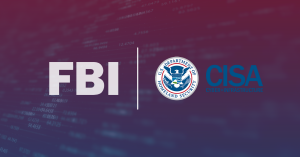
The FBI and CISA have released a joint cybersecurity advisory warning of threat actors exploiting a suite of known Fortinet FortiGate firewall vulnerabilities.

When it comes to managed firewalls, there’s more to consider than just CapEx and OpEx. Here are three important questions your team needs to ask before you make the move.
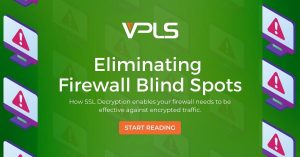
Cybercriminals commonly hide threats inside of encrypted traffic in order to evade security controls. Here’s how your firewall can combat the blind spot created by SSL.
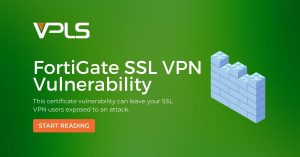
This major security flaw could impact nearly 200,000 currently-deployed FortiGate firewalls. Learn how to check for this vulnerability and how to resolve it.
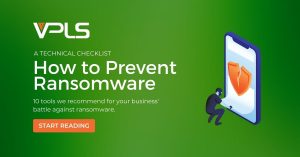
From email security to zero trust network access, John Headley recommends 10 tools to defend against ransomware.
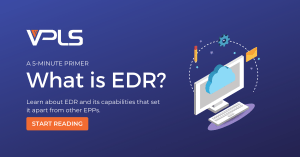
EDR stands for Endpoint Detection & Response. Learn how EDR goes beyond what is offered by standard endpoint protection platform (EPP), i.e. traditional antivirus products.